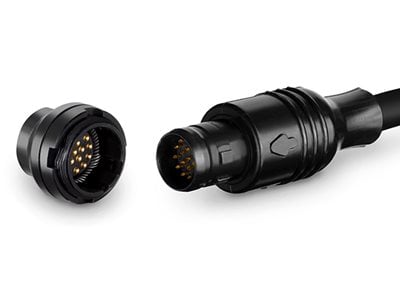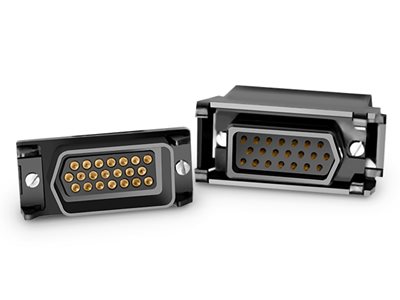- Connector plug is offered with and without over-moulding and cabling
- Lightweight, robust, quick release, miniature connector
- IP67 sealing according to IEC529 when mated and unmated
- Full line EMI shielding and provide for high robustness throughout their lifetime
- Available in both circular (7, 13, 19 way) and rectangular (12, 21, 30 ways)
- Equipped with Hypertac Hyperspring contacts designed to protect the electrical interface against extreme environmental conditions.
-
M12 Series Connectors
M12 connectors offer robust and compact connectivity solution that has been developed to address specific application environments where space and weight are key concerns. The M12 Series offer a time-saving, reliable and tool-free solution. Qualified to French and European rail standards.
-
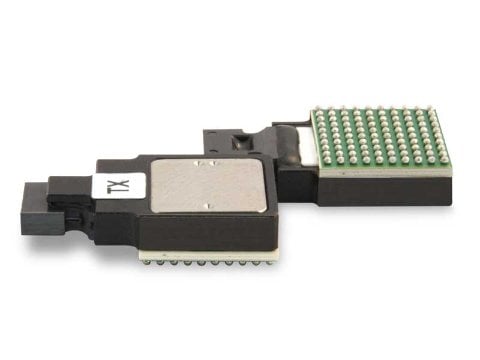
Understanding the Test Criteria of Optical Fiber Transceivers Used in Space
In space, high performance components must be able to deliver reliably in the punishing environment. It is optical transceivers that drive transmissions, converting signals to and from a copper-resident format. Fiber optics communications provide high bandwidth and low latency signaling. Signal transmissions through fiber optic cables (FOCs) provide immunity to EM/RFI interference, crosstalk, and voltage level surges. Fiber optics’ accuracy and reliability exceeds traditional cabling. Covering 1,000 feet requires four pounds of FOC versus 39 pounds of copper wiring, and fiber optics also consume less energy than copper. To convert electrical signals from circuitries with copper output to fiber optics, optical fiber transceivers are usually required.
-

Smiths Interconnect flies high on F-35 aircraft
We proudly supply different connectivity solutions to different customers that are destined for use in the F-35 aircraft,
-
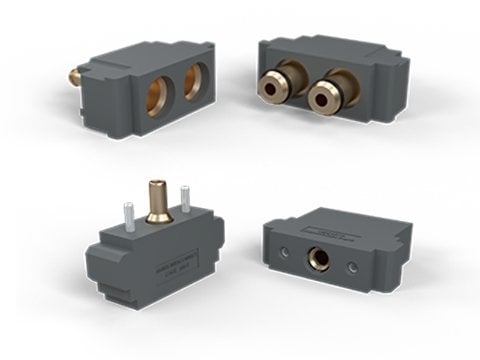
Hybrid & Pneumatic Modules for Modular Connectors
Smiths Interconnect expands its L Series of modular connectors with new contact technologies.
-
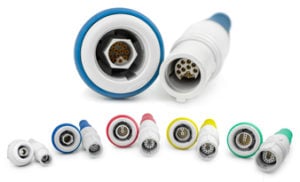
Choosing the Right Interconnect Systems for Medical
Guidelines for the effective selection of medical connector




